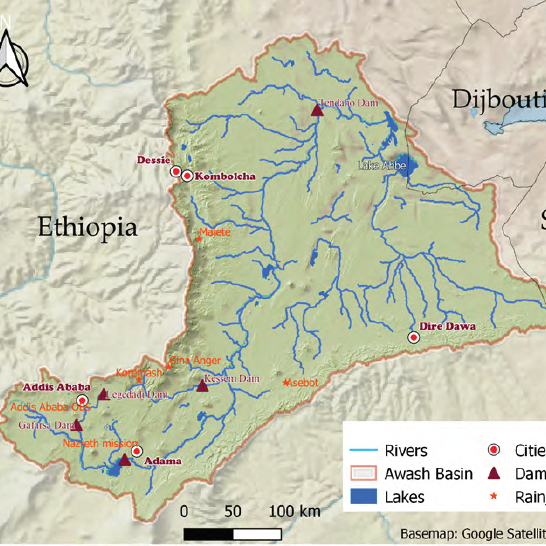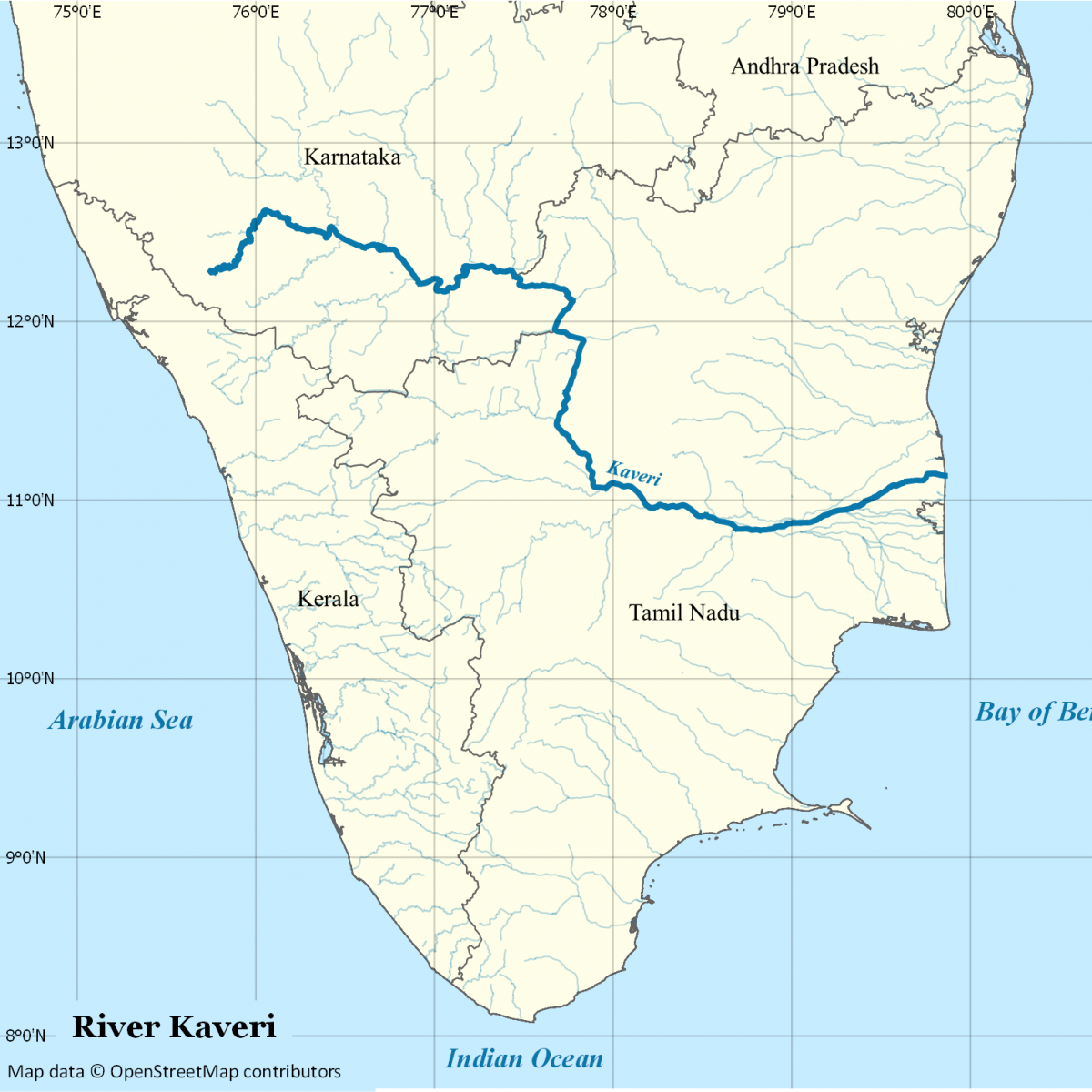Water Accounting Plus Phase II 2020 – 2022
Background
With the increasing competition over water resources, there is a need for a consistent and transparent reporting of the distribution and use of water between sectors, countries, and users to inform river basin planning. Water Accounting Plus (WA+) provides such information using various types of open-access databases, including satellite remote sensing data. The WA+ framework was developed at IHE with funding from the DUPC2 programme under Phase I of this project (DUPC WA+). Phase I funded the development of the method and of the python tools to automatically download data and produce WA+ sheets (available here).
In this second phase, the project has identified the three following objectives:
- Increase uptake of WA+ results to inform decision-making
- Improve accuracy of WA+ outputs and understanding of uncertainties
- Education, capacity development and dissemination of the WA+ framework and tools
The partner institutions in this project are the University of Kwazulu Natal (UKZN), the Addis Ababa Institute of Technology (AAiT) and Wageningen University (WUR).Beyond the case studies listed below, this project provides a vital continuation for the development of the methodology, models and tools used in the other projects conducted by the IHE water accounting team and will pull together the outputs from these studies to continue with the development and validation of WA+.
Case studies
Awash River basin - Ethiopia
 This case study is led by AAiT. The study includes analysis of water accounting and other allocation models applied in the Awash River basin. As WA+ was previously implemented in the Awash River Basin by the IHE water accounting group as part of the FAO's WaPOR project, the project is able interview stakeholders with direct experience with the framework to assess their views on the strengths and weaknesses of WA+ for the Awash River Basin. AAiT will also apply the WEAP model in the area, and assess how to best combine the strengths of the WEAP model and WA+ approach in the Awash River Basin.
This case study is led by AAiT. The study includes analysis of water accounting and other allocation models applied in the Awash River basin. As WA+ was previously implemented in the Awash River Basin by the IHE water accounting group as part of the FAO's WaPOR project, the project is able interview stakeholders with direct experience with the framework to assess their views on the strengths and weaknesses of WA+ for the Awash River Basin. AAiT will also apply the WEAP model in the area, and assess how to best combine the strengths of the WEAP model and WA+ approach in the Awash River Basin.
Incomati River Basin - South Africa/Eswatini/Mozambique
 This case study is led by UKZN. The study includes analysis of water accounting and other allocation models applied in the Incomati river basin. Stakeholder engagement through interviews will be used to assess where WA+ may bring additional value to the water management and planning process. UKZN will apply the ACRU model to the Incomati and compare outputs with those of the WA+ Soil Water Balance Model (SWMB) model in order to assess the robustness of water accounting outputs to the type of model used. Photo credit: c michael hogan
This case study is led by UKZN. The study includes analysis of water accounting and other allocation models applied in the Incomati river basin. Stakeholder engagement through interviews will be used to assess where WA+ may bring additional value to the water management and planning process. UKZN will apply the ACRU model to the Incomati and compare outputs with those of the WA+ Soil Water Balance Model (SWMB) model in order to assess the robustness of water accounting outputs to the type of model used. Photo credit: c michael hogan
Cauvery River Basin - India
 This case study is led by WUR. The WA+ methodology was implemented in the Cauvery basin by Indian experts trained by the IHE water accounting teams. This case study aims to identify obstacles and paths to adoption of WA+ results in policy making through the interview of stakeholders who have a high exposure to the WA+ methodology.
This case study is led by WUR. The WA+ methodology was implemented in the Cauvery basin by Indian experts trained by the IHE water accounting teams. This case study aims to identify obstacles and paths to adoption of WA+ results in policy making through the interview of stakeholders who have a high exposure to the WA+ methodology.
Photo credit: NaanCoder
